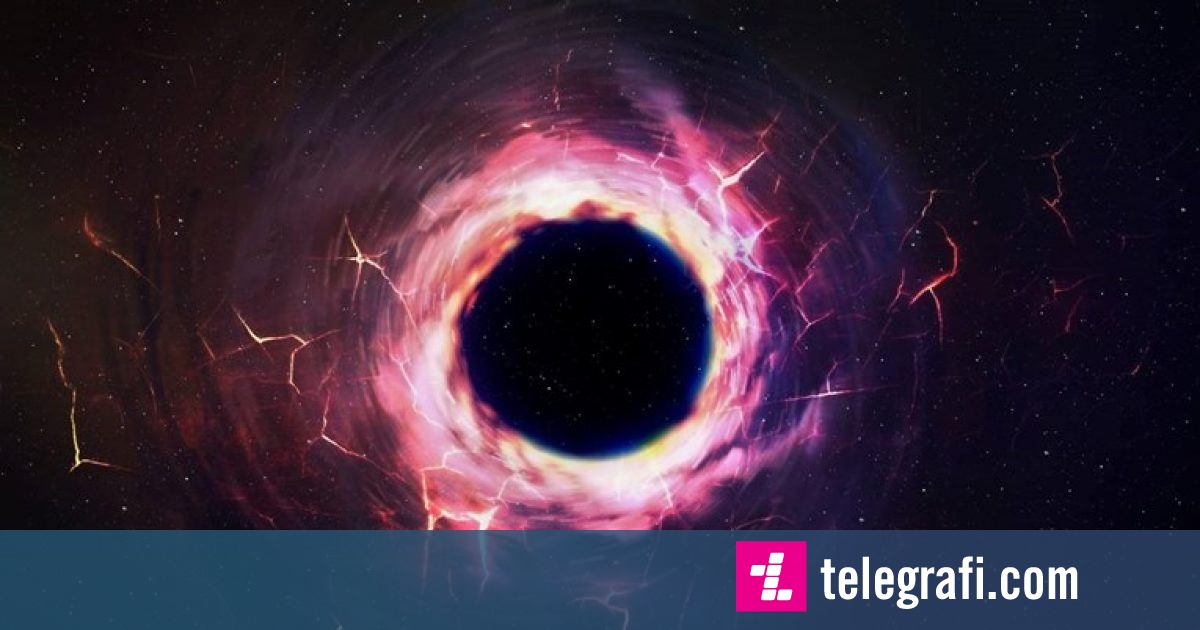Scientists have discovered another recurring source of Rapid Radio Explosion (FRB) that has further deepened the mystery of what exactly these signals can produce.
The FRB 190520B was first discovered in 2019, and has now been found to emit powerful bursts of powerful radio waves lasting a millisecond,
sciencealert
reports .
The rapid bursts of radio waves are one of the most fascinating mysteries in the cosmos.
They are extremely powerful, some emit more energy than 500 million Suns and last less than a blink of an eye, reports Telegrafi.
One of the most important characteristics of these signals is that they are short-lived and unpredictable.
They usually appear suddenly in a part of the sky and last only a few milliseconds.
Most of them come from other galaxies, only one source was discovered in the Milky Way.
Repeated FRBs, i.e. when it is not just an interval but several in a row, are very rare and especially attract the attention of scientists.
Some recurrent FRBs occur periodically, at regular intervals, every few days or months.
So far, three recurring sources of fast radio waves have been discovered.
The signal from FRB 190520B arrived on Earth in May 2019, recorded by the FAST radio telescope in China, and subsequent observations showed that it is repetitive and comes from the edge of a very old galaxy dwarf, almost 4 billion light-years away .
The situation is similar to the repeated FRB 121102. This is the first FRB to be discovered where it comes from - from a very old dwarf galaxy 3 billion light-years away, writes Science Alert.
"We now have two such FRBs, which raises a lot of questions," said astronomer Casey Law of Caltech.
For example, all rapid bursts of radio waves can be repetitive, but their emissions are very low in energy and can not be recorded.
Scientists believe that there may be at least two different mechanisms behind the appearance of FRB: theft emitted by different objects or emitted by the same type of object at different stages of its evolution.
Magnets are a type of neutron star that formed after a massive star collapsed and became a supernova, and that has an extremely strong magnetic field.
It is possible for normal neutron stars and magnets to emit FRB in different ways.
Further analysis of the data showed that perhaps a feature of the FRB is not as useful in measuring distance as previously thought.
It is a measure of scattering, that is, the way light is distributed through the gas between us and the source.
Higher frequency waves travel more efficiently than lower waves and this can be used to measure distance.
For FRB 190520B, the dispersion measure suggests that the source is 8 to 9.5 billion light-years away.
But other distance measurements have shown that the galaxy is much closer to us.
Astronomer Di Li of the National Astronomical Observatory of the Chinese Academy of Sciences believes that FRB 121102 and FRB 190520B probably represent the initial stage of evolution of the FRB population.
/ Telegraphy /
